Prostate health is a difficult topic to talk about, and lots of men would prefer to avoid it completely. After all, it can be kind of embarrassing to talk about intimate and personal health problems.
Still, it's really important for men everywhere to get comfortable with their prostates.
Knowing how the prostate works (and identifying signs that something is wrong) can make a huge difference in quality of life.
Men over the age of 50 should be particularly careful. Prostate issues aren't a common problem for younger men, but men who are middle-aged or older need regular checks to make sure everything is working just right.
One major, scary issue to consider is prostate cancer, which affects about 1 in 7 men.
Fortunately, as Ben Stiller explained when he revealed he once had prostate cancer, it's a very treatable illness if caught early on.
In fact, most prostate health conditions are very treatable. It's good to know all the signs and symptoms, so that you can catch any growing problem early and nip it in the bud.
What Is The Prostate?
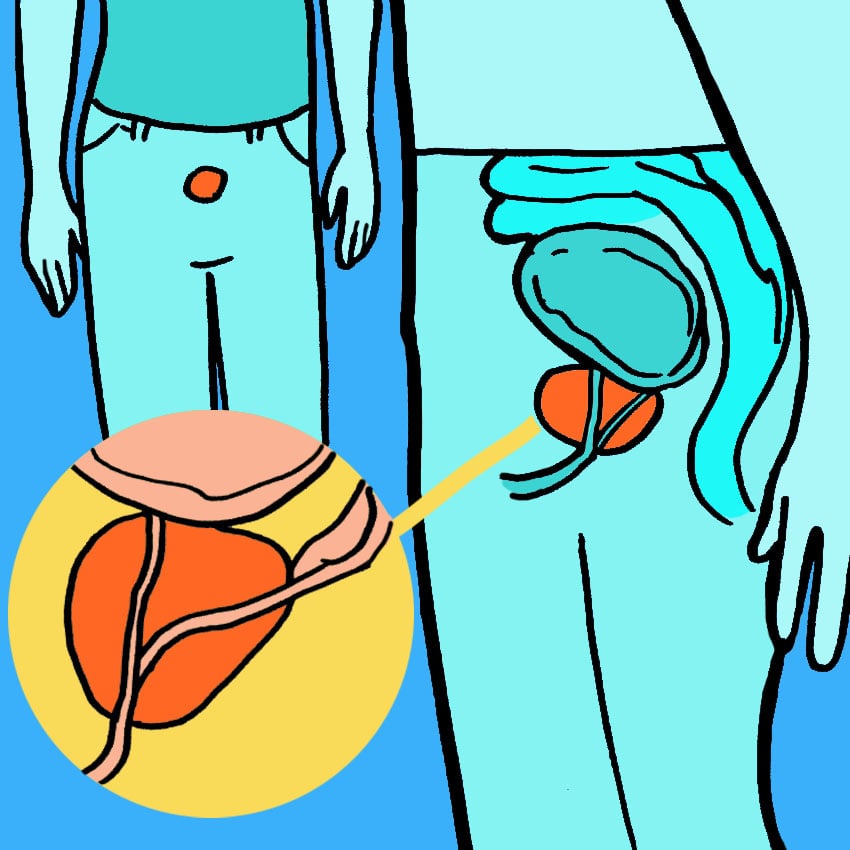
What is the prostate, anyway?
Technically, it's called the 'prostate gland' and it's a walnut-sized organ responsible for reproductive health in men.
Women have a similar gland, called the Skene's gland, but it's much smaller than the male version.
That's because the prostate produces about 30 percent of the compounds found in semen, and is responsible for releasing that liquid during a man's ejaculation.
In other words, without the prostate to play its part during sex, none of us would be here!
What Conditions Can Affect The Prostate?
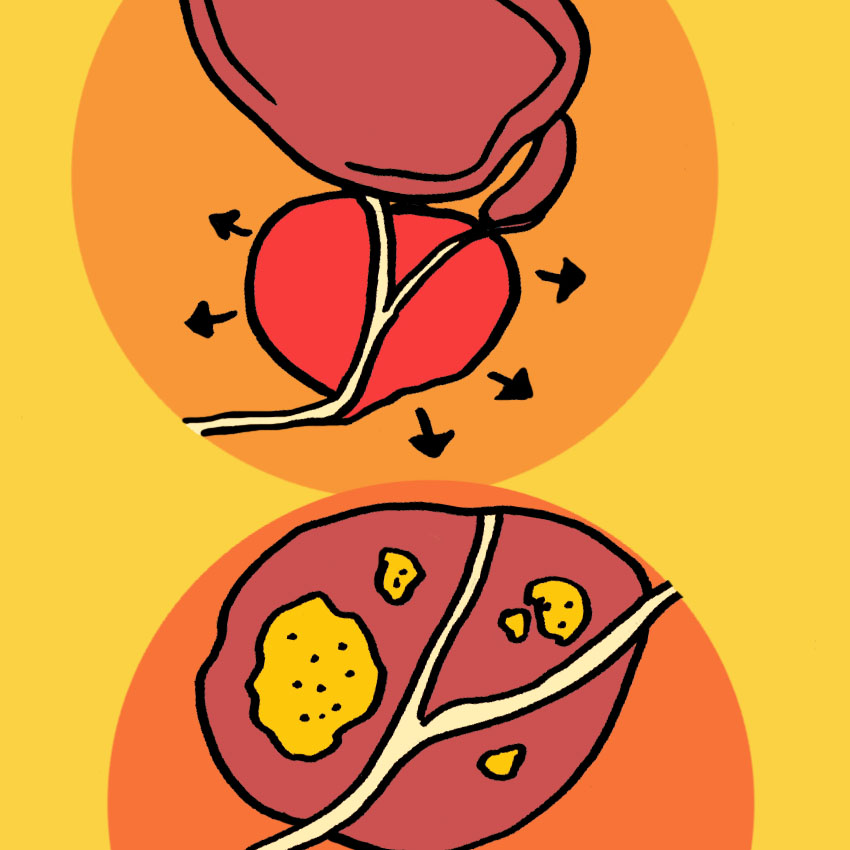
Lots of different conditions can impact the prostate gland.
The best-known is prostate cancer, which develops when irregular cells mutate and grow in and around the gland.
Other common prostate health conditions include prostatitis and benign prostatic hyperplasia.
Prostatitis is any kind of inflammation of the gland, occasionally caused by infection.
Benign prostatic hyperplasia (BPH) is a condition where the prostate becomes swollen and oversized, and impacts urination and bladder function.
How Do Men Know If They Have A Prostate Problem? Prostate Symptom #1: Needing To “Go” All The Time
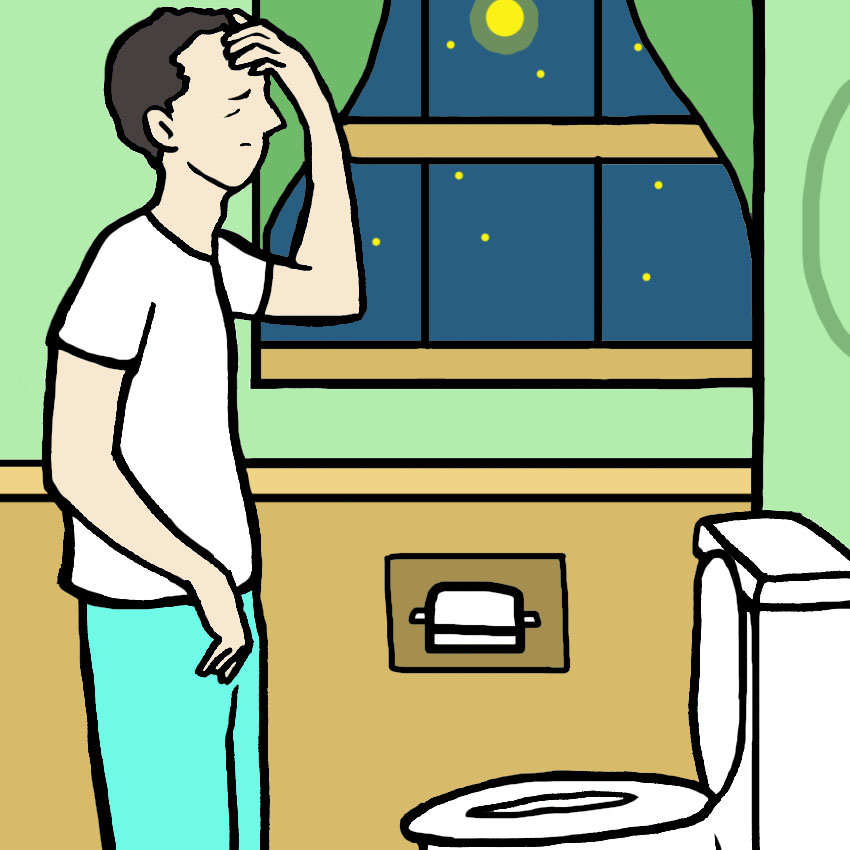
A constant urge to 'go' — especially at night — is a classic symptom of prostate trouble.
That's because irregularities and swelling in the prostate can cause the gland to press against the bladder and urethra.
This simultaneously tricks the body into thinking it needs to urinate more frequently, and prevents a steady flow of urine.
An urge to urinate can be a symptom of something mild, like BPH swelling, or something serious, like a tumor growing on the prostate.
This symptom should always be checked by a doctor.
Prostate Symptom #2: Bloody Urine
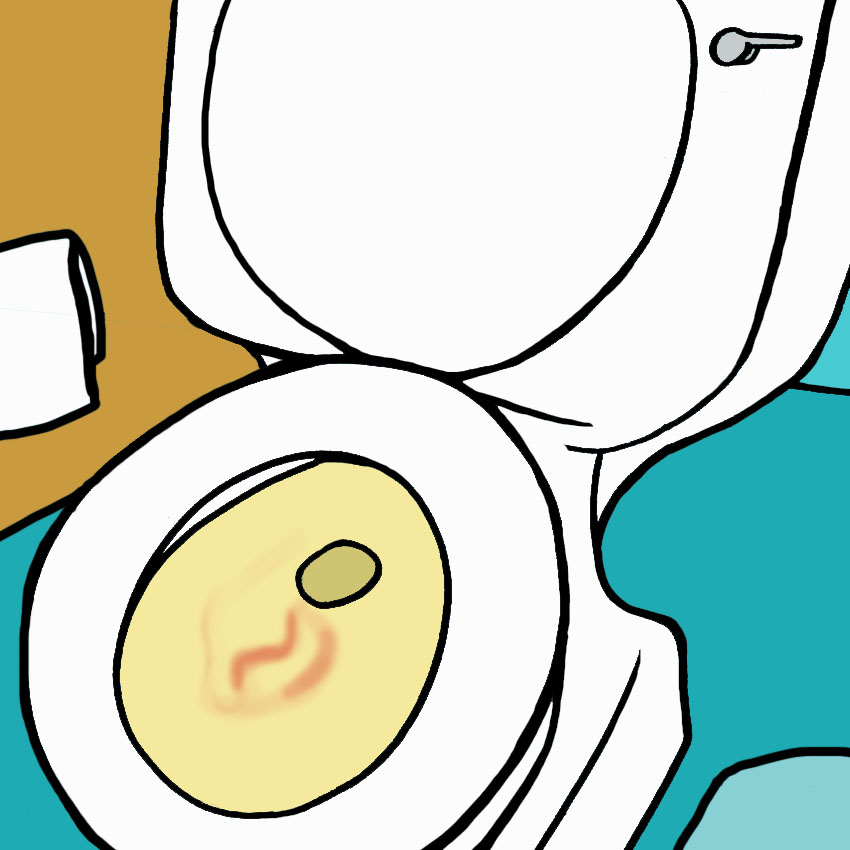
Blood in the urine is an alarming symptom that can impact both men and women.
The good news? It can be a sign of something serious, but it's often not as bad as it looks.
The prostate can cause a bit of bloody discharge if it becomes swollen for any reason, and blocks the flow of urine.
The urethra might become irritated and inflamed and start to bleed slightly, due to the blockage.
Check this symptom with a doctor, and get medical care immediately if you experience visible bleeding from the penis while peeing.
Prostate Symptom #3: Stopping And Starting
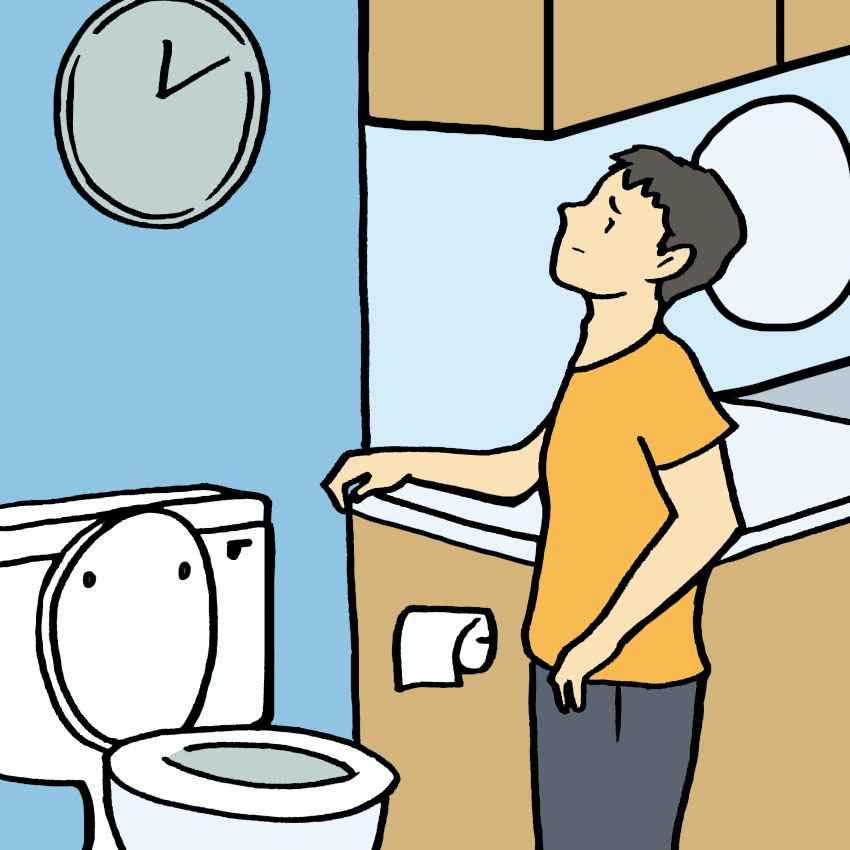
One of the most irritating side effects of prostate problems is that the sufferer often feels the urge to pee, but is unable to actually produce the urine in a steady stream.
Instead, the afflicted man might experience dribbling, or feel his flow stop and start.
This is another sign that some part of the prostate is pushing on the bladder and urethra — and can be a sign of swelling, infection, or a tumor.
Prostate Symptom #4: Pelvic Pain
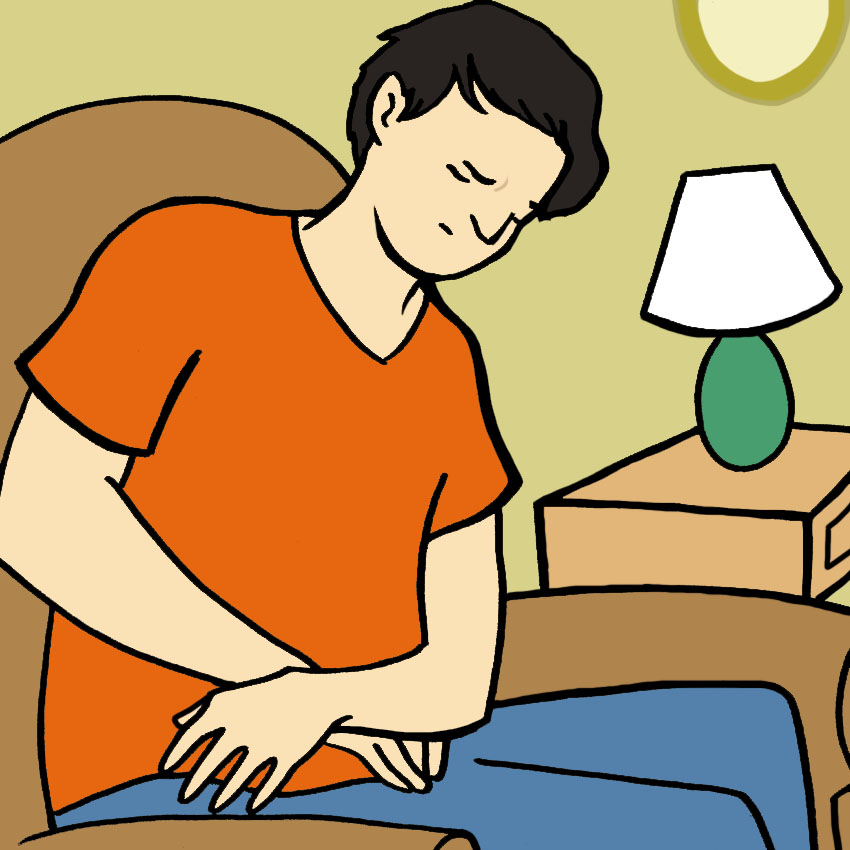
Women experience pelvic pain all the time because of menstrual symptoms, but a prostate condition can trigger similar sensations in men.
If the prostate becomes enlarged or infected, it can cause painful cramps and a feeling of 'fullness' or 'tenderness' in the lower abdomen. It is often called prostatitis.
This indicates that the prostate is swollen enough to cause pain and might indicate that it is pressing uncomfortably on other organs like the kidneys or bladder.
Prostate Symptom #5: Painful Emissions
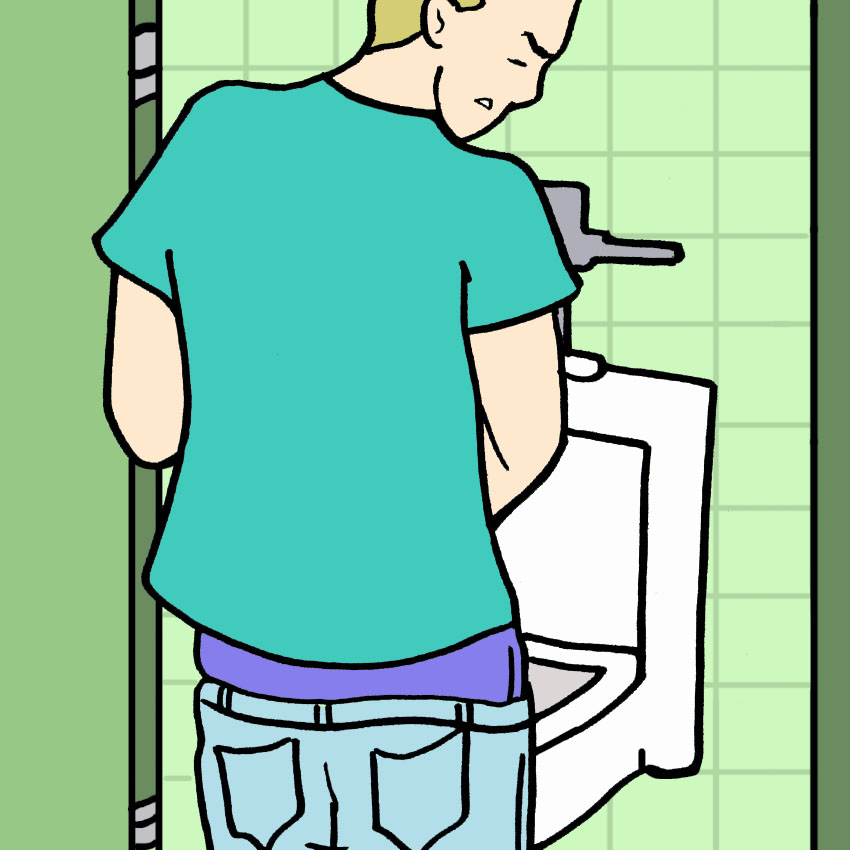
Men with prostate conditions might experience pain when urinating or ejaculating.
That's because the pressure of the enlarged prostate doesn't just put pressure on bladder and urethra; it also transfers that pressure to the vas deferens and other fragile parts of the penis' anatomy.
Altogether, that pressure can cause a great deal of unpleasant inflammation, which can make any kind of emission a painful experience, especially if the urethra is blocked enough to cause 'backflow.'
How Can Men Prevent Prostate Problems?
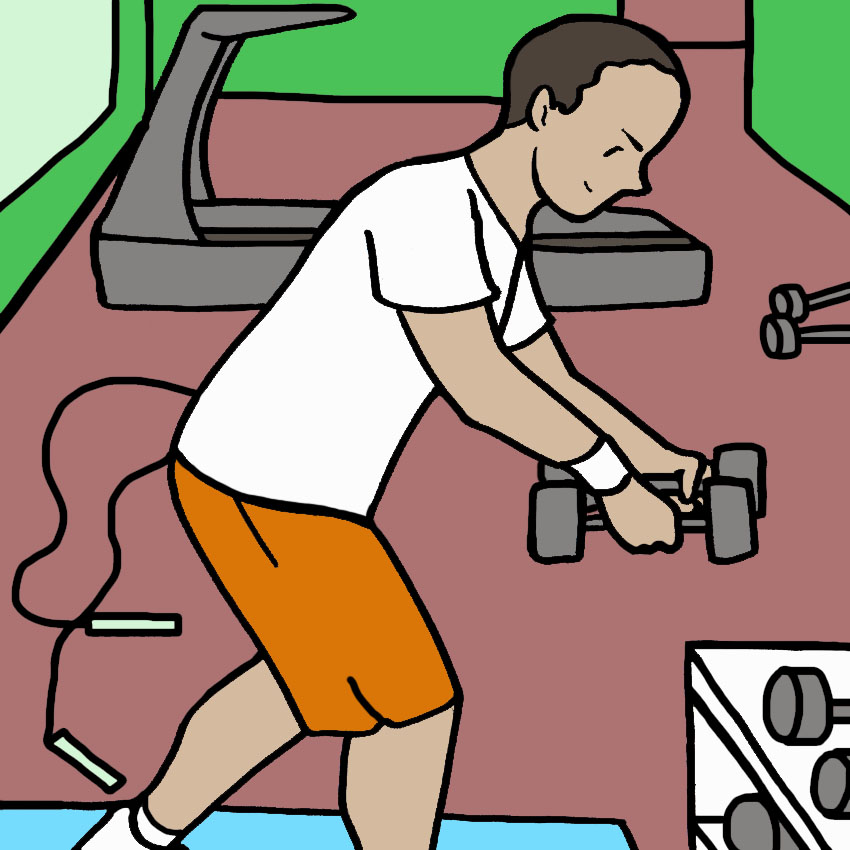
Prostate problems are, to some extent, a natural part of aging. Lots of men start to experience increasing prostate issues after the age of 50.
Fortunately, there are a few different tactics that can prevent prostate problems from developing or worsening.
All men should get annual checkups after the age of 50. Men with a family history of prostate cancer should start getting checkups in their forties.
A healthy lifestyle with plenty of exercise and a good diet can also help stem problems.
High body weight is a major risk factor for prostate disease.
When Should Men Get Prostate Exams?
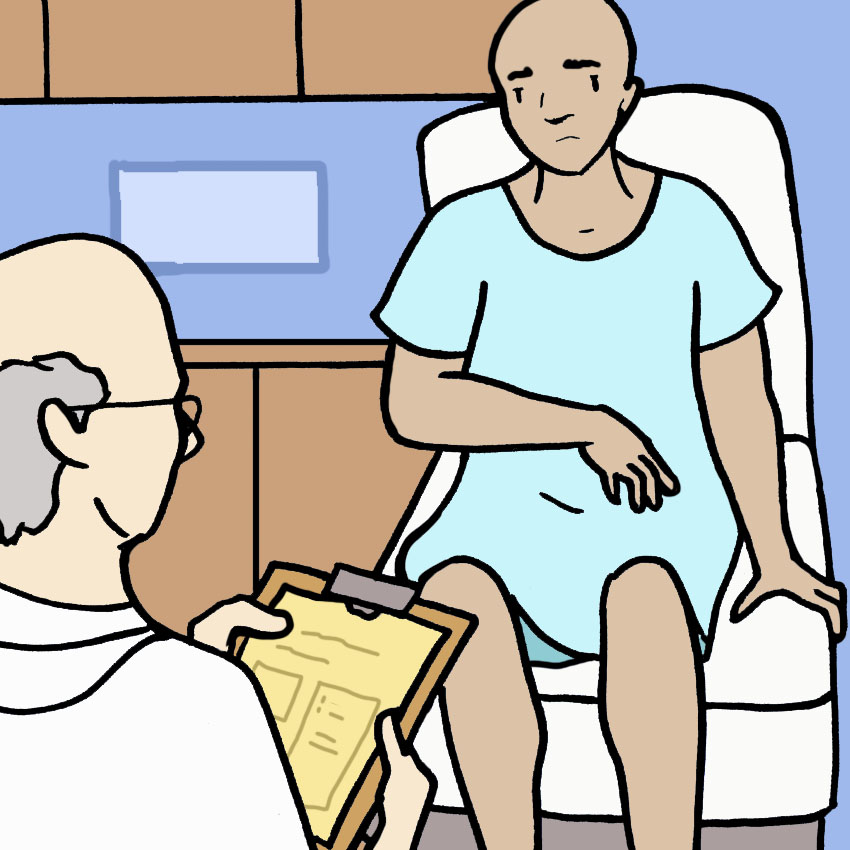
As we noted, it's a good idea for all men over 50 to get regular prostate cancer screenings. This is the easiest way to catch a potential problem early and take care of it.
If you experience any of the symptoms listed above, schedule an appointment with your proctologist right away.
Even if it's something benign like BPH, it's always better to get treatment and be safe! Prevention is the best treatment there is.
Make sure to SHARE this important, life-saving information with all of the men in your life!




